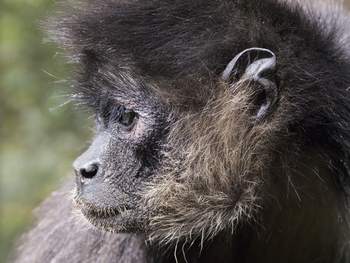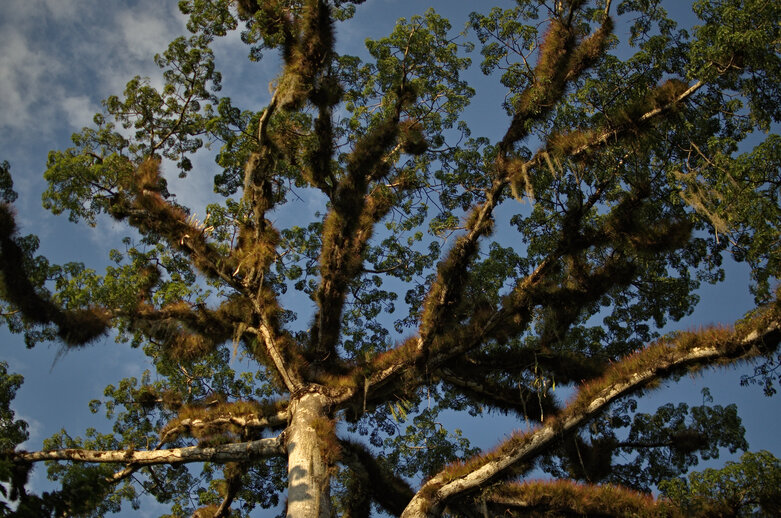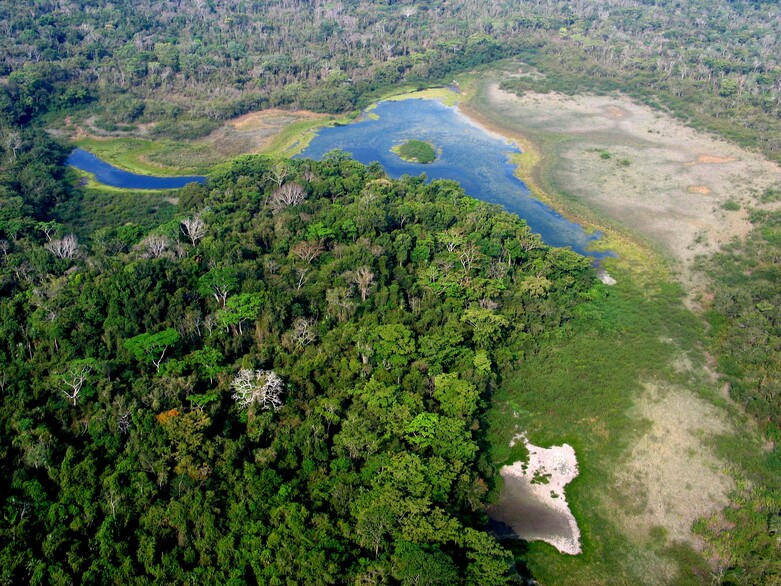SICA: Support for the monitoring of biodiversity and climate change in the Selva Maya (BMU) (completed)
Project Description
Title: Support for the monitoring of biodiversity and climate change in the Selva Maya
Commissioned by: German Federal Ministry for the Environment, Nature Conservation and Nuclear Safety (BMU), with funding from the International Climate Initiative (IKI)
Country: Belize, Guatemala, Mexico
Partners: Forest Department (FD, Belize), National Council of Protected Areas (CONAP, Guatemala), National Commission for the Knowledge and Use of Biodiversity (CONABIO, Mexico)
Lead executing agency: Central American Commission for Environment and Development (CCAD)
Overall term: 2016 to 2021

Context
The Selva Maya on the Yucatán Peninsula is a region of tropical forests extending across Belize, northern Guatemala and eastern Mexico and is the largest tropical forest area in Mesoamerica. Due to its marked rainfall gradient, the region has a great diversity of species and ecosystems.
The Selva Maya is under heavy pressure from small-scale farming, livestock raising and illegal logging and trafficking of tropical flora and fauna. The reduction of the forest area of the Selva Maya, its fragmentation and the overexploitation of its resources endanger both its biodiversity and the ecosystems. Climate change exacerbates the situation, as -among others- it leads to more frequent forest fires.
The environmental governance of the Selva Maya region is weak, which is partly due to its transboundary location. In order to adapt to the effects of climate change and to improve the conservation of the forest, reliable monitoring data on a transboundary scale that, for example, record the changes in forest cover are necessary.
Relevant monitoring data are already collected by a variety of organisations but contain many gaps, vary in terms of their scope and quality across the three countries and are often hard to access. Furthermore, the results are not communicated effectively to decision-makers and the public. There is only very limited exchange, coordination and collaboration at the regional level.
Objective
Results of regionally coordinated biodiversity and climate change monitoring in the Selva Maya region are effectively channelled into policy-making.

Approach
The Support for the monitoring of biodiversity and climate change in the Selva Maya project works together with governmental and non-governmental organisations that are responsible for the conservation of protected areas and support biodiversity monitoring in Belize, Guatemala and Mexico. National counterparts are the Forest Department (FD) in Belize, the Guatemalan National Council of Protected Areas (CONAP) and the National Commission for the Knowledge and Use of Biodiversity (CONABIO) in Mexico. In addition, the Mexican National Commission of Natural Protected Areas (CONANP) is a strategic ally.
The project is also supported by the Wildlife Conservation Society (WCS), an NGO which has been spearheading the monitoring of biodiversity in Guatemala since 1992. And activities in Belize are implemented by GITEC-Consult.
A key aspect of the project is improving the availability of existing data. Target group-appropriate analysis and dissemination of monitoring results also play an important role.
To achieve its objective, the project is implemented along the following lines of work:
- Improving the political and institutional framework for regional cooperation on monitoring
- Strengthening the capacities of stakeholders and the regional exchange of monitoring experience
- Implementing regionally oriented pilot monitoring and improving cooperation between local key stakeholders
- Target group-appropriate analysis and sharing of relevant monitoring results with decision-makers at various levels and in diverse sectors in the Selva Maya region.
The traditional biodiversity monitoring (e.g. frequency of species, extension of habitat types) is insufficient when critical data on biodiversity and climate change are necessary. Therefore, the 'Pressure-State-Benefit-Response' (PSBR) framework is applied by the project. This framework includes a broader range of indicators such as threats, as well as management and governance measures towards ensuring the sustainable use and conservation of natural resources and environmental ecosystem services.
A key point for the project is to increase the accessibility and management of existing data, as well as the communication of monitoring results to different audiences. Remote sensing data has a great potential in providing critical information for environmental monitoring, which is being considered by the projects activities. Also, the law enforcement is being supported by the introduction of specific software in protected areas. Target group-oriented processing and communication of monitoring results also plays a decisive role.
